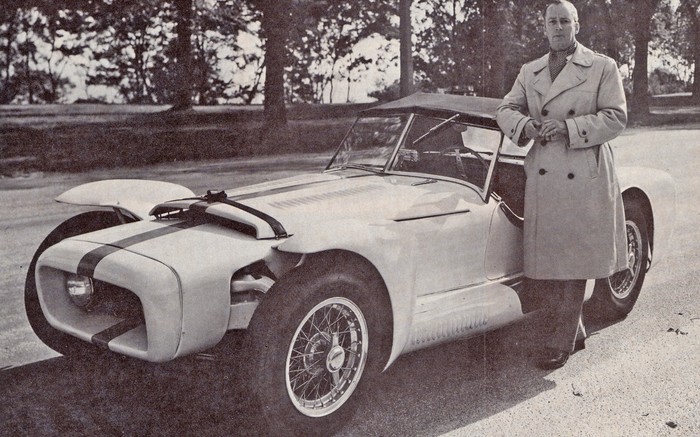


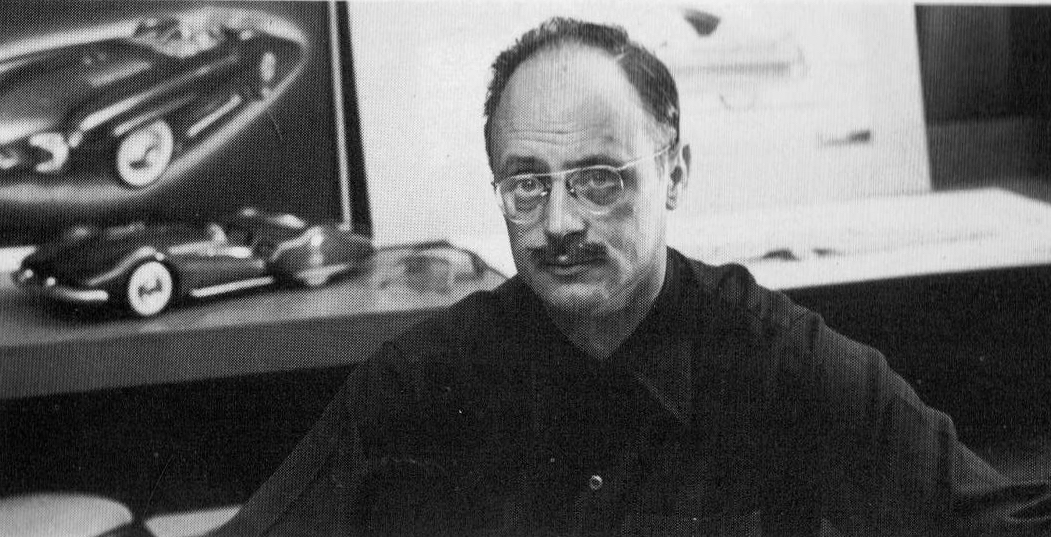
Continued from Part 1. My Alex Tremulis piece was published in full in The Automobile, March 2020.
Alex and TuckerLike Bob Bourke’s famous 1953 Studebaker “Loewy coupe,” the 1948 Tucker was almost entirely the work of one designer. Of course many helped, and both Bourke and Tremulis gave them credit. But as near as one comes to designing a car by oneself, they did.
Alex set to work in a studio at Tucker’s large, ex-Dodge plant in Chicago. As chief designer he had to inject practicality into Preston Tucker’s enthusiasm. First concepts included a car with cycle fenders that turned with the wheels, a periscope rearview scanner, and vast expanses of compound-curved glass.…
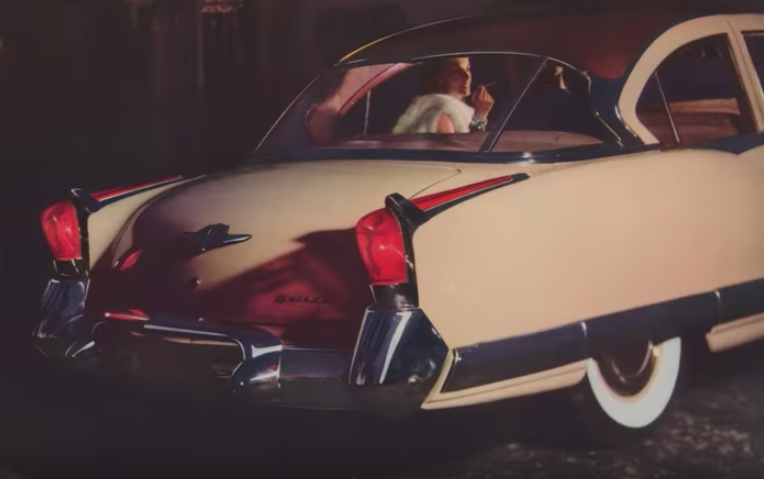
While I received no extra pay for writing the Kaiser-Frazer book, I did have the use of an expense account for travel. That was where Bill Tilden came through again. He helped me track down and interview many of people responsible for the cars Kaiser-Frazer built. Others were located through the deep tentacles of Automobile Quarterly, its contacts in the industry. We also searched for archives large and small.
Our greatest archival find was at Kaiser Industries in Oakland, California: the Kaiser-Frazer photo files, placed on loan for AQ’s use.…
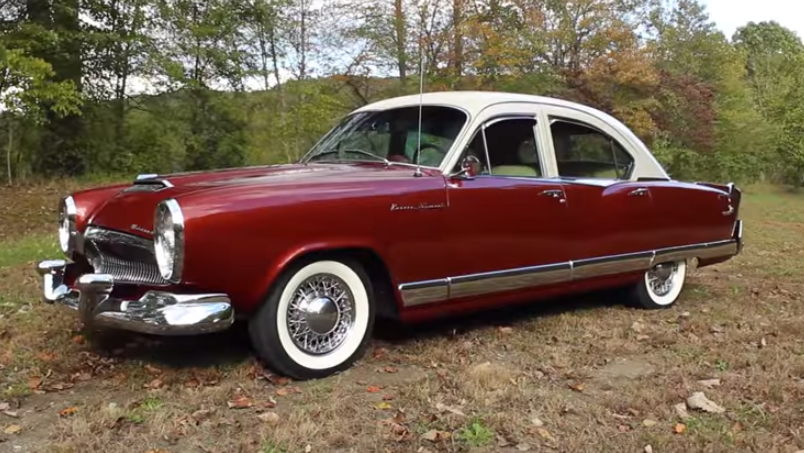
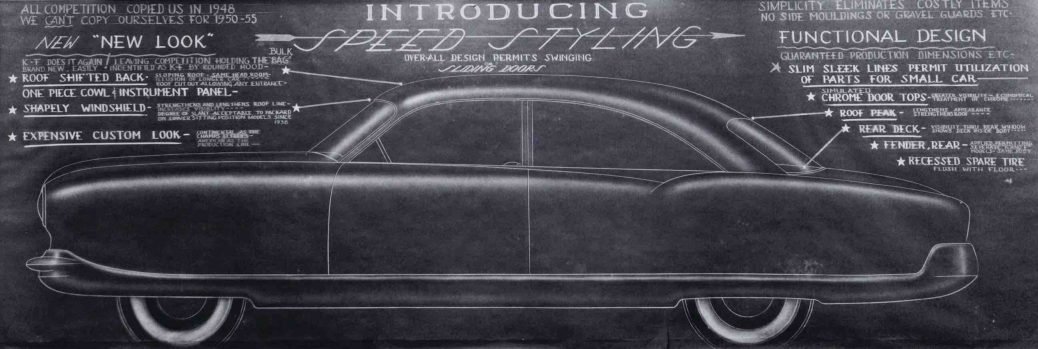
continued from part 1…
Seeing an opportunity to run his own company, Frazer took control of moribund Graham-Paige in 1944, and two years later merged its automotive interests with a new corporation he and Henry Kaiser had formed, leasing and then buying the gigantic ex-bomber factory at Willow Run, Michigan. During Frazer’s 1946-48 presidency, Kaiser-Frazer was the fourth largest car producer in the world, and ranked eighth in production by make, ahead of all other independents. He stepped down as an active officer in 1949. The company never again recorded a profit.…